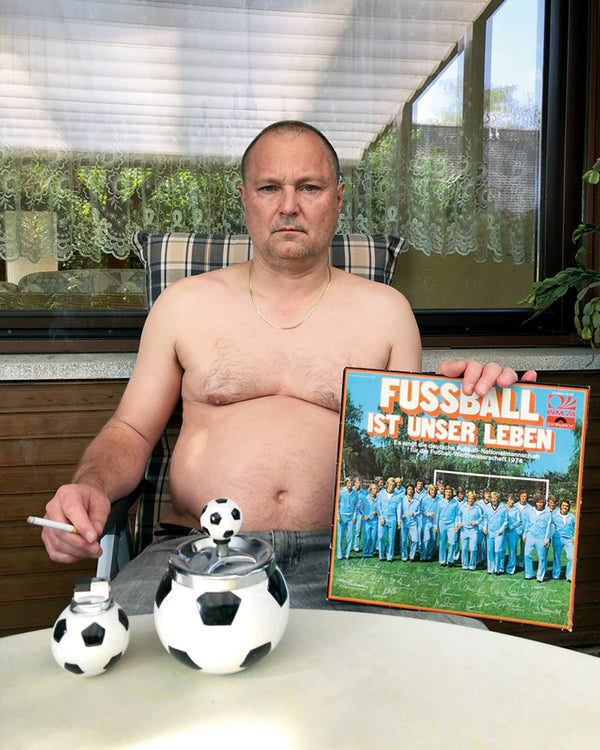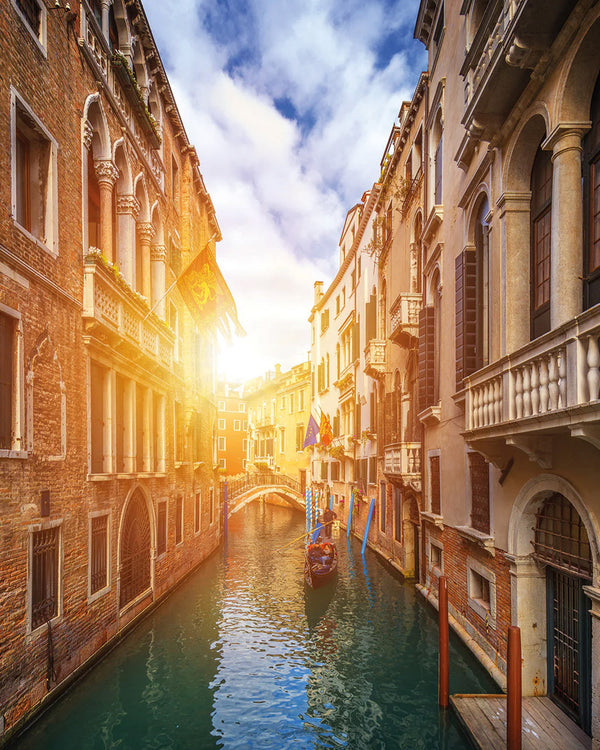Vienna
by Sabine Breitwieser and Ronja von Rönne
Facing the Vienna Secession, home of Klimt’s monumental Beethoven Frieze, stands the KLEINE HAUS DER KUNST. The name may be new, but the art deco building certainly is not. Built at the beginning of the 1920s by Otto Wagner’s students Herrmann Aichinger and Heinrich Schmid as Forum an der Wien, it served as the Austrian Tourist Office until 2007, then as Novomatic Forum for the casino group of the same name. The KÖNIG GALERIE IM KHK will now fill a not-so-modest 400 square meters with art over the long term. The first exhibition, “One Decade of Female Sculptors,” opened in October, presenting over thirty sculptures by contemporary female artists. But why Vienna? And why female positions in sculpture? Two perspectives.

KHK – KLEINES HAUS der KUNST, Friedrichstraße, Vienna
What does it take to recognize (sculpture by) female artists?
Words by Sabine Breitwieser
To start with, I’d like to make the (not entirely new) claim that there is a common thread running through the historical reception of female artists: Unlike their male counterparts, women’s artistic work has, at best, only been widely and comprehensively recognized once they’re sixty or even older. In the case of female sculptors, this phenomenon is perhaps even more pronounced. Even today, their work still doesn’t get the amount of space in exhibitions they should and their artistic status is demonstrably reflected in fewer acquisitions as well as lower sales prices.
The reception of the conceptually and technically highly ambitious work of an artist like Isa Genzken in the early 1970s is demonstrated by comments from male colleagues about her first stereometric wooden sculptures. At the time, these now highly praised sculptures were dismissed as “knitting needles” and “cigars.” Although historical sculptures often depicted women or were later, during abstraction, compared to forms with masculine connotations, the difficulties in evaluating Genzken’s sculptures at that time were reflected in wildly divergent gender classifications. Disagreement about the “gender” of these works prevailed.
When art historian Linda Nochlin published her legendary essay on the question of “why there are no great women artists” in 1971, she picked apart the myths of (male) “greatness.” Most significantly, she exposed the social and institutional obstacles to female artists and the construction of the male-dominant genius in art. Today, fifty years later, we must ask ourselves several questions on the matter. First, whether conditions such as education and production have actually changed for the better for female artists, to the point where they are now equal and their work is valued as such. Secondly, whether female artists themselves, as Nochlin demanded in her conclusion, “face up to the reality of their history and of their present situation” and dared to take “the necessary risk, the leap into the unknown.”
KHK – KLEINES HAUS der KUNST, Friedrichstraße, Vienna
While the statistics about female students at art schools prove that access to arts education is no longer lacking, current analyses of women’s living situations (which have not exactly changed for the better in recent times) allow conclusions to be drawn aboutthe economic situation of female artists. In contrast, the radical regeneration of art by female artists is undisputed today. To be both image and creator – as was the goal of Carolee Schneemann, for example, in the 1960s – and thus to gain control over one’s image and the representation of themes such as eroticism, sex, birth and many more, were milestones.
By now, however, we have long been engaged with the work of generations of female artists who build on these achievements and extend the process of appropriation to realms extending beyond the artist’s image and outmoded (including binary) gender roles. Assemblage and high-tech multimedia productions are confidently employed, as are traditional techniques, often on a grand scale and sometimes with nods to the still male-dominated history of sculpture.
During a lecture, Nairy Baghramian once emphasized the importance of artistic discourse in which the artist “should risk controversy and stake contentious claims.” In doing so, they do more than “act as mere advocates of their own work […].” Using a scenario in which “works are sometimes treated like quasi-subjects capable of their own autonomous thinking” that literally act and negotiate, she took a stand against the “silence of the artist–subject, who thereby threatens to turn him or herself into a self-mystifying object silencing of the artist subject.”
Now that binary gender roles in art are obsolete, we have taken another step forward. Following Baghramian’s statement, new questions arise for me, namely: How do artists today affirm their authorship, or how do they make themselves heard with or in relation to the objects they create? In other words: What forms do artists experiment with to control the reception of their work?

KHK – KLEINES HAUS der KUNST, Friedrichstraße, Vienna
When in Doubt: Vienna
Words by Ronja von Rönne
I am very good at being unhappy. Just as others may be good at explanations or knitting, I have a unique talent for being very suddenly very unhappy, no matter how beautiful the setting. I was unhappy under the Tuscan sun. I was unhappy in the Alps and unhappy in Brandenburg. Admittedly, this is not exactly difficult. The better the weather, the worse, the sillier being unhappy feels. “Sadness and Aperol Spritz” is not a good Instagram caption. Yet, I have learned one thing: There is nowhere better to be unhappy than in Vienna.
There is always some café open and, if you are lucky, the waiter is wearing a bow tie and the coffee, aka the Verlängerte (or lungo in Italian) coffee you order doesn’t even attempt to wake you up. Vienna doesn’t attempt to comfort. Vienna grumbles and jostles. Nowhere do people complain more charmingly than in Vienna. You are not alone with your world-weariness; someone is always worse off. Nowhere else is even the last remnant of Weltschmerz savored, drowned in wine Spritzers – and, in rare cases – transformed into art in a pathetic, accusatory manner.
Heit drah i mi ham, sings Wolfgang Ambros, a very Austrian and fascinating paraphrase for “Today I’ll slit my wrists in the bathtub.” Because that’s what the Viennese are good at: Describing the bad, lamenting it, but under no circumstances ever naming it directly, because that would only lead to solutions for the problem, and those are to be avoided at all costs, because what is a person without his problems, at most but half a person, maybe only a quarter, yes, we’ll take a quarter of white wine.
No one in the world is better at sighing, in the evening, late, and then even later in a Beisl, the Austrian word for refuge, even if the Viennese would only shake their heads at this loose translation. The most pleasant thing about Vienna: In contrast to the American you-can-do-it attitude, the laconic “it is what it is” has been elevated to the fundamental mood here. Yes, everything may be bad, or maybe not, but that doesn’t really matter; things like cold hard facts or realities have no place in Vienna. Everyone is allowed to complain, regardless of whether it is justified or not. And whining is the most comforting cultural skill there is. What a terrible fallacy, that for all the doubting, all the complaining, you have to have something as vile as a German good reason. Down with pragmatism, long live grumbling, procrastination and, yes, another wine Spritzer will do.
And while you sit there at night in Café Europa or, even better, in a restaurant whose name you will have forgotten the next day, feeling sorry for yourself, you are suddenly – and this is another translation the Viennese would probably reject half the time: suspended. There is nowhere to go and no one is waiting for you. Except – at least according to Billy Joel in Vienna – Vienna. Vienna is always waiting. Without any expectations. Without ever guessing that you might be stranded there. And when, at some point in the no man’s time between night and day, you step out onto the street and Vienna glows with impossible beauty and everything, for just a fraction of a second, makes so little and such perfect sense, this city has once again kept a promise it never made.



